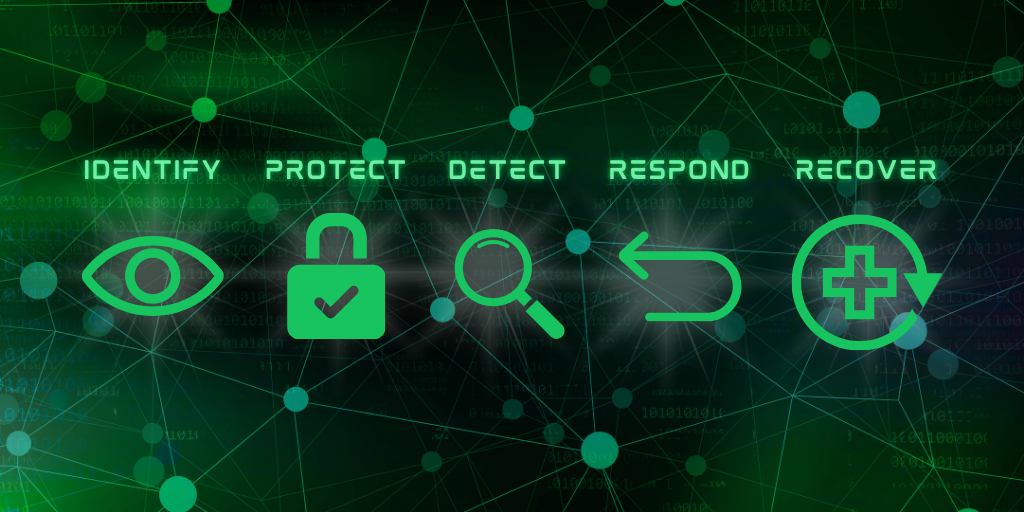Secure Messaging Practices for Small Businesses
Small businesses must prioritize secure messaging to protect sensitive information and maintain customer trust.

Consider yourself on a bicycle when a nasty bump unexpectedly comes and bursts your tire. Your day might be ruined, but if you have a repair kit and tire patches, you can quickly get back on the road.
Software is subject to the same idea. A hole in your software design can be patched up and made to work as if nothing happened, just like a popped tire. Patch management is the procedure for correcting defects or malfunctions in software, and when done correctly, it can shield you from security risks, hiccups, and other glitches on the path to the launch date.
Effective patch management procedures keep your software up to date and defend you and your clients against potentially dangerous security risks. Software is never static by nature. In a world where operating systems are updated frequently, any software product must continue to be flexible and dynamic to perform correctly. Because of this, whenever new features are released, there is always a risk of error. Developers use patch management to keep track of changes and implement problem fixes as quickly as possible.
Software flaws can be quite frustrating from a user perspective if you've ever had to deal with a program crash or an eternal loading screen. Software developers that want to give their clients a smooth, delightful user experience must maintain their products in top condition through patch management. However, software patching can also aid programmers in addressing more serious issues. If programmers disregard flaws or problems, their products can stop working or expose their businesses to dangers from the outside world. A hacker may be able to take advantage of any vulnerabilities in a user's system if they fail to maintain their system updates.
Testing is one of the most crucial aspects of maintaining strong patch management standards. However, testing interfaces must also be updated and improved over time, just like software products, to prevent obsolescence.
Patch rollouts can become chaotic in the absence of a clear objective. They must be implemented with intention, just like any other strategic choice. Strong communication lines and a well-coordinated strategy supported by all software teams are necessary for effective patch management. It is recommended practice to develop a plan for dealing with the consequences of a failed patch because patches can always fail after they are released.
It's great to be upbeat while launching a new software product. While you shouldn't let concerns about bugs overpower the joy of using your project, the overall success of your product needs to develop a patch management strategy in advance. Preparing for patches in advance will ensure that nothing catches you off guard.
IT and security teams should handle the emergency distribution of essential patches according to well-practiced protocols. The IT industry should prioritize patch management and not treat it as an afterthought.

Small businesses must prioritize secure messaging to protect sensitive information and maintain customer trust.

In an era of ever-evolving cyber threats, small businesses can adopt the NIST Cybersecurity Framework to achieve robust cybersecurity without...

Phishing attacks are becoming increasingly sophisticated, posing a significant threat to businesses of all sizes. Implementing key strategies can...